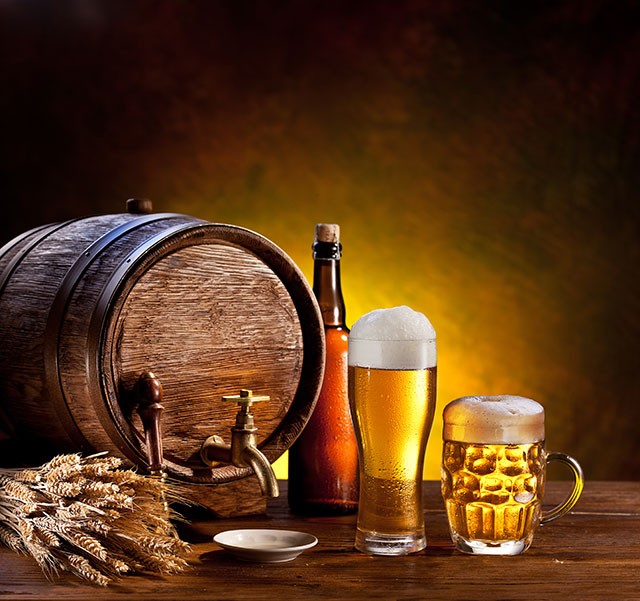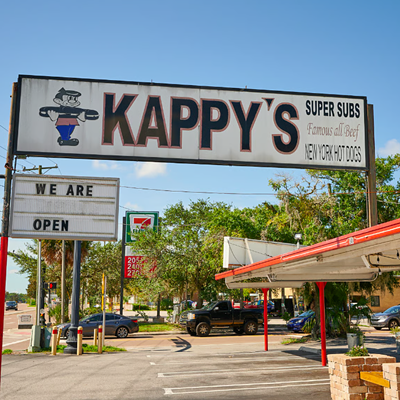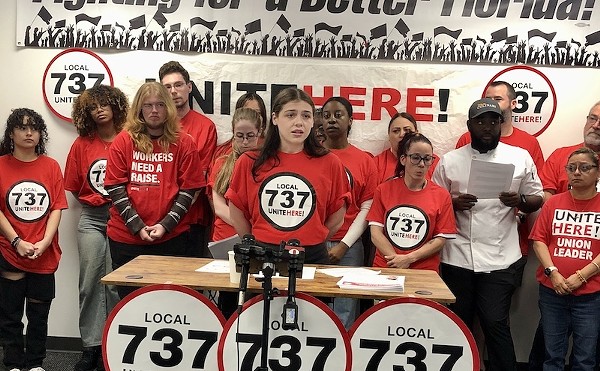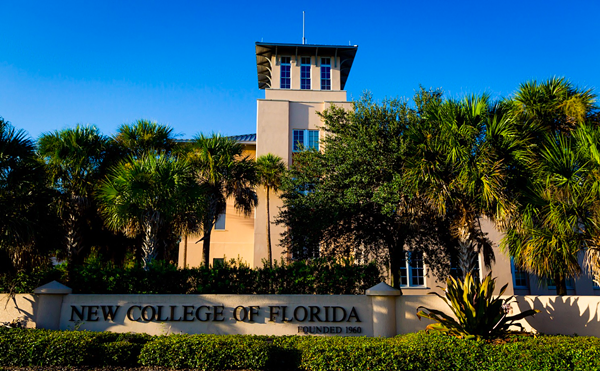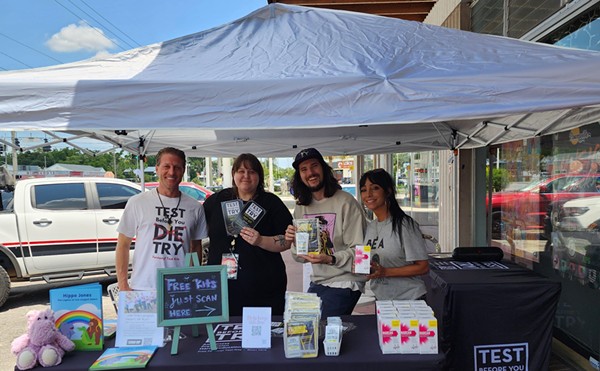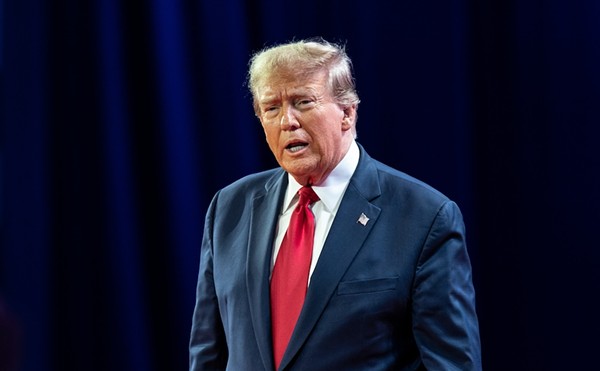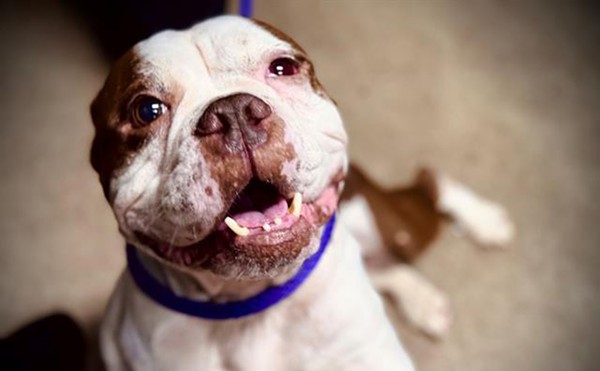1800 B.C. (approximate) The first ode to beer, “Hymn to Ninkasi,” the Sumerian goddess of beer, was inscribed on a clay tablet. Among the translated lines: “Ninkasi, it is you who hold with both hands the great sweetwort, brewing it with honey and wine,” and, “Ninkasi, you place the fermenting vat, which makes a pleasant sound, appropriately on top of a large collector vat.”
1600 B.C. Beer heals! Egyptian texts indicate that beer was sometimes used as a medicine.
55 B.C. The Romans introduce beer to Europe.
500 A.D. Beer is brewed by monks and nuns in monasteries and convents during the Middle Ages.
1000 The predecessor to your IPA arrives on the scene when hops make their first appearance in the brewing process.
1420 German brewers develop lager.
1490s Columbus discovers Native Americans brewing beer from corn.
1587 Virginia colonists learn to brew ale using corn while waiting desperately for shipments of beer from England.
1607 Good thing they learned to make corn beer, because the first shipment of beer to the colonists doesn’t arrive until now.
1612 The first commercial brewery in the New World opens in New Amsterdam, aka Manhattan.
1620 The Pilgrims land at Plymouth Rock. Why? “We could not now take time for further search or consideration, our victuals being much spent, especially our beer.” (Mourt’s Relation, 1622)
1789 James Madison suggests that Congress tax malt liquors to encourage the brewing of beer “in every state of the union.” That same year, George Washington launches the first version of a buy local campaign when he says he will only drink porter made in America.
1810 Munich makes Oktoberfest an official celebration.
1862 The IRS taxes beer to help finance the government during the Civil War.
1876 Adolphus Busch pioneers the icehouse concept and Budweiser becomes the first national brand of beer brewed and sold in the United States.
1880 Approximately 2,300 breweries operate in the United States. Pabst becomes the first to sell more than 1 million barrels of beer in a year.
1914 Crazy competition puts some breweries out of business, and the number of operating breweries drops to 1,400.
1919 Crazy laws put others out of business, as the 18th Amendment to the U.S. Constitution – Prohibition – is passed. It outlaws the sale of alcoholic beverages with more than .5 percent alcohol. Many breweries, including Pabst, Schlitz, Miller, Stroh and Anheuser-Busch, create “near beer” with names like Pablo, Famo, Vivo, Lux-O and Bevo. Bleargh.
1933 Prohibition ends, hurrah. Thirty-one brewers are back in operation full force by June.
1940 Beer production is back up to the same level as before Prohibition, even though the country has only half the number of breweries it did before Prohibition.
1965 The grandfather of craft brewing, Fritz Maytag, buys Anchor Brewing, which brewed unique and traditional beers during a time when many of them were dying out.
1976 New Albion Brewery in Sonoma, Calif., is founded by a homebrew enthusiast. Though the brewery didn’t last, it did spur an interest in homebrewing, which helped establish the interest in craft brews that we see today.
1978 Homebrewing is made legal by the federal government, though we can’t for a minute imagine a world in which it were illegal.
1982 Yakima Brewing and Malting Co., considered the first brewpub to open in the nation since Prohibition, opens in Yakima, Wash.
1983 Six main breweries – Anheuser-Busch, Miller, Heileman, Stroh, Coors and Pabst – control more than 90 percent of beer production in the United States.
1990 Sierra Nevada Brewery from Chico, Calif., becomes the first microbrewery to get its break into the big time when it bottles enough beer that it’s no longer considered micro at all.
1993 Retail sales of beer exceed $45 billion.
1996 BeerAdvocate.com, where we sourced some of the information in this piece, launches.
2012 The Brewers Association estimates that there are about 2,300 craft brewers in operation, and that craft brewing sales make up 6.5 percent of all beer sold in the United States by volume.
2013 More than 1,500 breweries are in development in the United States, craft brewers operate in 344 Congressional districts, and most Americans are lucky enough to live within 10 miles of a brewery.
2014 Orlando Weekly publishes its second-ever Beer Issue. The whole staff raises a glass in approval.
Sources: Beeradvocate.com, beerhistorycom, craftbeer.com, the Straight Dope, the Brewers Association, Smithsonianmag.com

